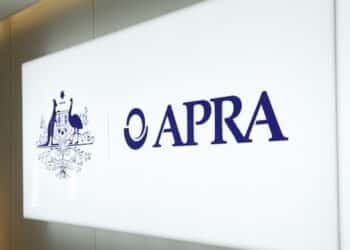The federal government has officially committed to a stronger emissions reduction target via an update to Australia’s nationally determined contribution under the Paris Agreement.
As part of the update, Australia has pledged to reduce greenhouse gas emissions by 43 per cent from 2005 levels by 2030, which the government said put the country on track to achieving net zero by 2050.
“The new target reflects my government’s resolve to urgently step up the pace of action, and work alongside global partners and particularly with our Pacific family, to tackle the climate crisis and keep 1.5 degrees within reach,” said Prime Minister Anthony Albanese.
“When Parliament resumes, we will move quickly to enshrine Australia’s 2030 and 2050 targets in legislation, providing the certainty industry and investors have been seeking.”
The government noted that its ‘Powering Australia’ plan announced in the lead up to the election is set to create over 604,000 jobs and spur $76 billion of investment.
Commenting on Australia’s new emissions reduction target, Clean Energy Council CEO Kane Thornton said that a green light had been given to renewable energy investors.
“Today’s formal agreement provides clarity and a positive investment signal to accelerate the decarbonisation of Australia and take advantage of the enormous economic opportunity in play,” he said.
In the council’s latest Clean Energy Outlook Confidence Index, 79 per cent of investors said that an improved emissions reduction target for 2030 would increase their confidence for future investment.
Mr Thornton suggested that the ongoing crisis in the National Electricity Market demonstrated the consequences of Australia dragging its feet on energy policy.
“Our aging coal-fired power fleet and transmission network is not fit for purpose and are now failing Australian businesses and households,” he said.
“A 21st-century economy needs a modern electricity network that supports reliability, security and lower emissions technologies, and delivers low-cost energy to consumers.”
Meanwhile, Climate Council CEO Amanda McKenzie described the updated reduction targets as a significant step forward but urged for even more action.
“It is very promising to see a ‘National Transition Plan’ on the table and a stronger 2030 target from the Albanese Government. But it will need to be strengthened significantly to effectively tackle climate change and protect Australians into the future,” she said.
“The solutions to the climate crisis and the energy crisis are one and the same. A lot more renewable power and storage to reduce energy prices, reduce pollution and protect Australia from global energy price shocks.”
The Climate Council suggested that Australia’s target would need to be strengthened significantly in order to align with the goals of the Paris Agreement to limit global warming to well below 2 degrees Celsius, and preferably below 1.5 degrees Celsius.
It has called for Australia to adopt a much more ambitious target of a 75 per cent reduction in emissions by 2030 with an aim of reaching net zero by 2035.







